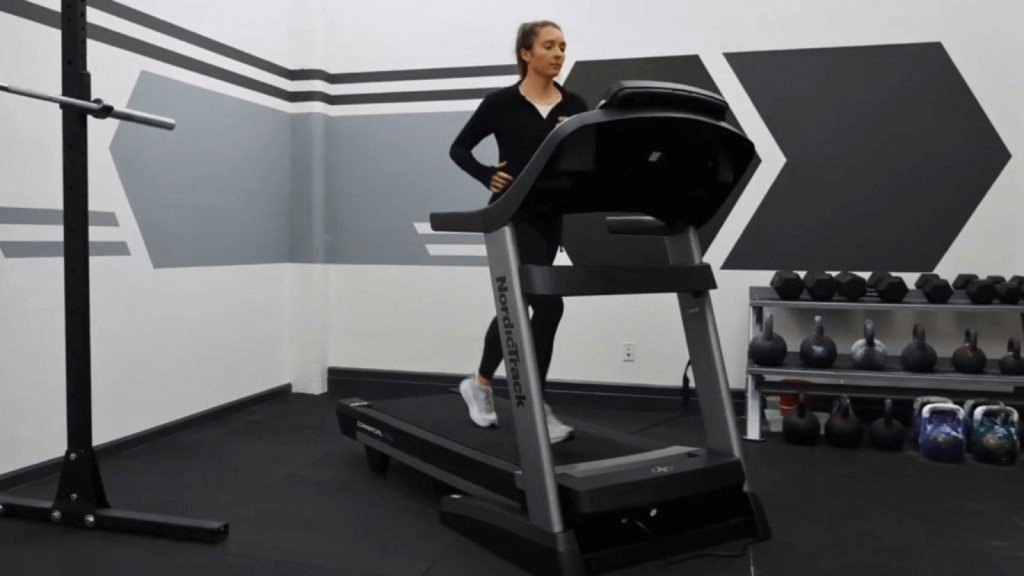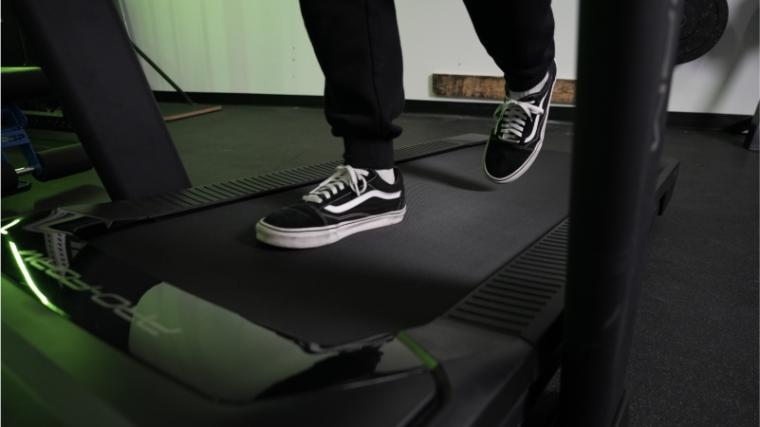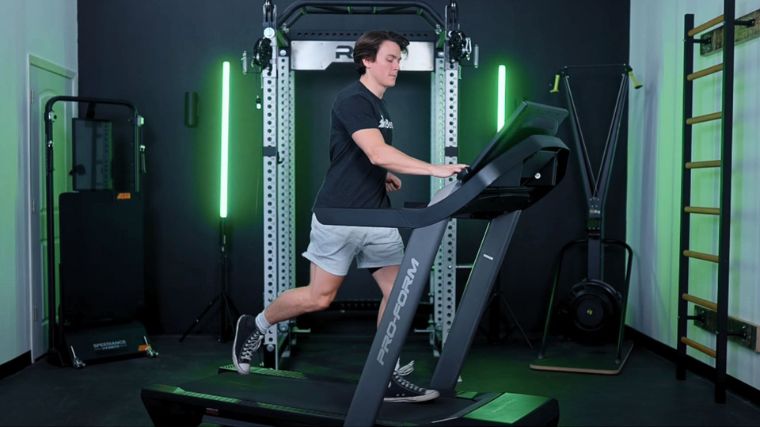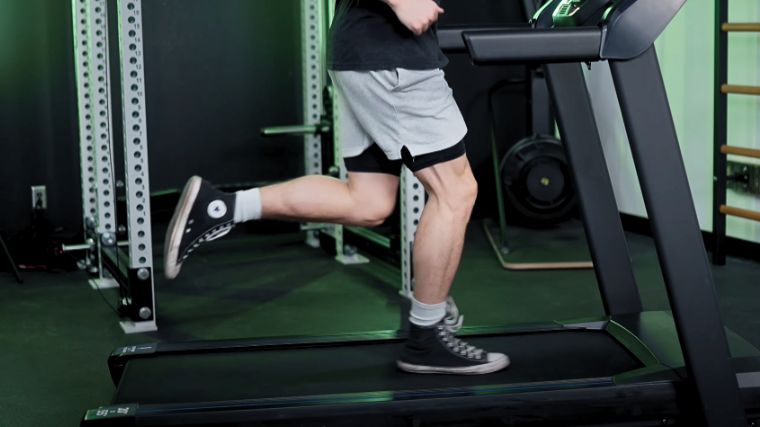There are a lot of acronyms in the fitness world — HIIT, DOMS, ROM, and MET. The first three have to do with a specific type of workout, a form of muscle soreness, and your movement range of a workout, but what is a MET? More specifically, what are METs on a treadmill?
MET is a term that can help you estimate your energy expenditure from moment to moment. While METs can help you to see the fitness value in everything from mowing your lawn to shoveling your snow, they can also help you to estimate your productivity on the best treadmills.
What the Heck is a MET?
MET is an acronym that it is helpful to have a further explanation of, since its meaning is not entirely clear based solely on reading it. A MET helps you to measure the energy expenditure of any activity. It can come in especially handy when comparing different workouts, or when equating leisure activities or chores with workouts.

“MET stands for Metabolic Equivalent of Task,” John Holt, a certified personal trainer and nutrition coach, tells BarBend. “It’s a way to measure the intensity of an activity compared to your resting metabolic rate, or when you’re sitting still.”
How to Calculate a MET
A MET is far from a best guess about the energy cost of different activities. The MET level of an exercise is actually based on a rather precise series of calculations that differentiates easy or moderate exercise from more vigorous activity.
“One MET is the amount of energy used while sitting quietly, which is about one calorie burned per kilogram of body weight per hour,” adds Holt. “Putting it another way, it is also a measure of oxygen consumption on the basis of 3.5 milliliters of oxygen per kilogram of bodyweight per minute. For example, an activity with a MET value of 4 means the body is using four times the energy it would while sitting still. So, a higher MET value means an activity is more demanding on your body.”
[Related: Treadmill Workouts for Weight Loss]
Who Can Benefit From Measuring METs?
No matter what your fitness level is, or what your fitness goals are, there is a way to utilize METs within a strategy to improve your overall wellness. This is because there is a MET score that applies to nearly everything you do, from downtime activities, up to and including exercises of vigorous intensity. Moreover, MET score ratings have proven to be very accurate in studies verifying the intensity of different tasks. (1)
Beginners
When beginners start an exercise program — with or without the guidance of a personal trainer — they are usually advised to stay within a comfortable range of energy expenditure. This often means keeping your heart rate relatively low during aerobic exercise. Therefore, factoring METs into a treadmill workout may encourage beginners to stick to sessions of brisk walking until they can establish a comfortable grasp on cardio.

“METs can help beginners determine a suitable intensity level,” says certified personal trainer John Holt. “Beginner activity should be below 5 METs, emphasizing technique and form over intensity until the movements are mastered.”
People With Health Conditions
One of the areas where METs offer the greatest value is in revealing the health benefits of everyday tasks and chores. If someone suffers from cardiovascular disease or some other cardiorespiratory illness, this may render them unable to go to the gym to engage in high-intensity exercise. In this case, factoring in the MET value of manageable chores becomes especially helpful.
“If someone is dealing with a health problem, METs can guide them in choosing activities that are safe and effective utilizing healthcare provider guidelines,” states Holt.
Data-Driven Exercisers
METs are the unit of measurement used during a stress test — like the Bruce protocol stress test — as part of a screening for coronary heart disease. (2) This makes them a useful diagnostic tool during exercise testing of patients and other health study participants. Meanwhile, those closely monitoring their training can closely monitor MET values to track improvements, calorie burning, and potential weight loss across various tasks and exercises.

“By measuring their METs during different activities, they can see how their fitness improves over the course of a micro or macro cycle,” says Holt. “METs are also often used to assess physical activity levels and their impact on health.”
MET Values
MET values vary greatly between activities. Your MET value during a walk, for example, will be a lot different than when you’re sprinting on one of the best treadmills for running. If you’re selecting fitness or leisure time activities based on MET values, this table will help you select the right sorts of activities for every moment of the day.
| Category | MET Range | Activity Examples |
| Sedentary Activities | 0.0 – 1.5 | Sitting, reclining, lying down |
| Light-Intensity Activities | 1.6 – 3.0 | Walking leisurely, standing in line |
| Moderate-Intensity Activities | 3.1 – 6.0 | Jogging, hiking, bicycling, bodyweight exercises |
| Intermediate-Intensity Activities | 6.1 – 11.9 | Jumping rope, swimming, mountain biking |
| High-Intensity Activities | 12.0 and higher | Sprinting, plyometrics, high-intensity interval training |
How to Increase METs on a Treadmill
If you’re looking to increase your METs during a treadmill workout, your best bet is to begin slowly and gradually increase your intensity level as your endurance increases. For greater precision, you can also track your heart rate with one of the best heart rate monitors or the built-in sensors on your cardio machine.

“Start at a low intensity, focusing on good posture and gait form in the beginning,” advises Holt. “Then you can gradually fold in training modifiers, such as increasing speed, adding intervals of higher output followed by active rest at a lower pace, increasing the incline, and using ruck weights.”
FAQs: METS on a Treadmill
What is a good METs score by age?
Because METs measure individual effort or intensity for a given activity, it is not particularly useful to equate MET scores with age. However, completing activities with MET scores in the moderately active intensity level range are usually beneficial regardless of an individual’s age.
How many METs should I exercise at?
The MET scores at which you should exercise is dependent upon a number of factors, including your current state of health and your fitness goals. For the sake of maintaining heart health at an acceptable level, you are advised to pursue activities at a level of moderate intensity or more on multiple days each week. This corresponds with a MET score of at least a 3.5.
How many METs is a 30-minute walk?
Most walking activities will fall into a range of 1.6 to 3 METs. It is possible to raise the MET score by walking at an accelerated pace or raising the pitch on one of the best incline treadmills.
References
- Mendes MA, da Silva I, Ramires V, Reichert F, Martins R, Ferreira R, Tomasi E. Metabolic equivalent of task (METs) thresholds as an indicator of physical activity intensity. PLoS One. 2018 Jul 19;13(7):e0200701. doi: 10.1371/journal.pone.0200701. PMID: 30024953; PMCID: PMC6053180.
- Kharabsheh SM, Al-Sugair A, Al-Buraiki J, Al-Farhan J. Overview of exercise stress testing. Ann Saudi Med. 2006 Jan-Feb;26(1):1-6. doi: 10.5144/0256-4947.2006.1. PMID: 16521867; PMCID: PMC6078558.